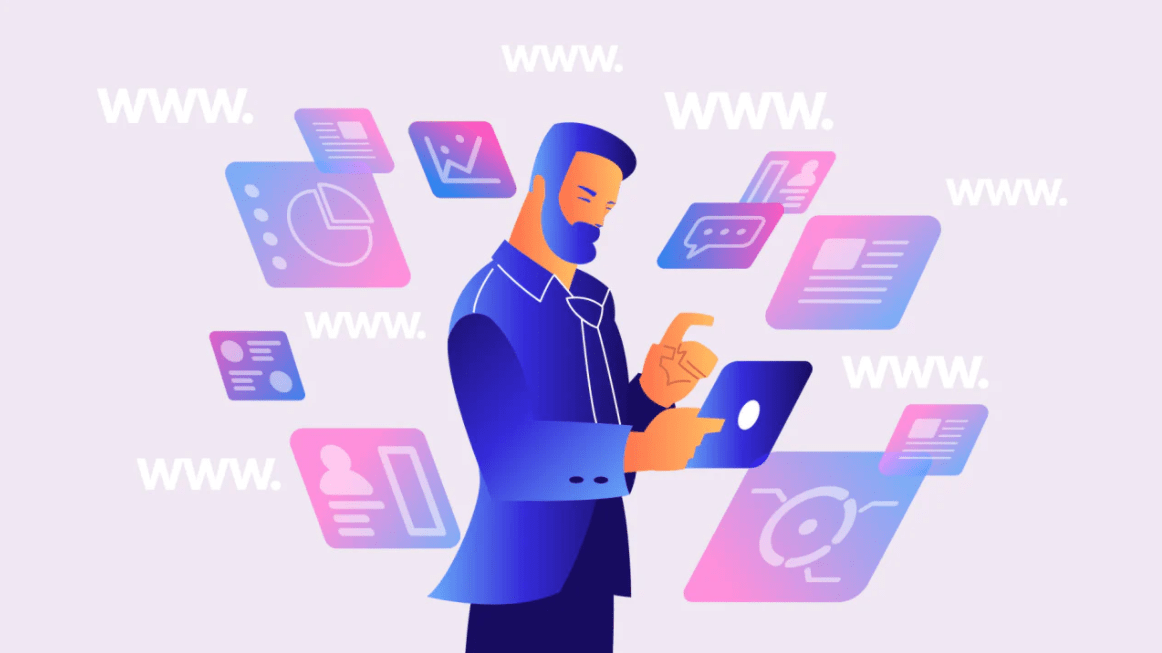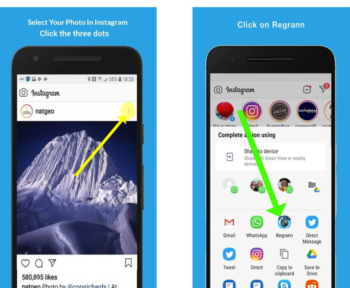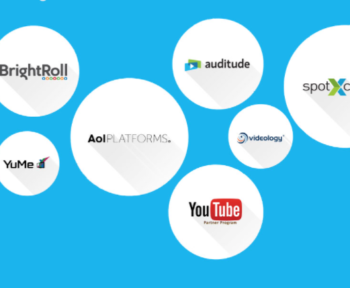A homepage brings many benefits and is essential for any business today. It provides an opportunity for customers to know about your products and services without contacting you directly or visiting your office. This not only makes it easier for the customer to make a purchase decision but also saves time and money required for individual consultations.
Your very own homepage also allows you to communicate proposals. Through the Google search engine, you can attract potential customers who are looking for the product or service you offer. A website will be up-to-date, visually appealing, and convincing to the customer in terms of content. This will help you garner more sales in the long run.
Table of Contents
12 essential tips for creating a successful website
Your favorite mix with marketing has gathered 12 essential tips that you should consider before building your website.
1. Define the use of your website
First, you need to ask yourself a few questions:
What do you want to achieve with your website? Is it an e-commerce site? A service site? Clearly define your goals and benefits. This is the only way to develop a successful site. For example, if you want to win more leads or get more contacts, you need to present your products in an attractive way. If you want to increase your Internet sales, simplify the checkout process.
2. Optimize your content
SEO optimization helps you rank in search engines. It is just as important as convincing your website visitor with the content. Many websites today bore you with an uninteresting surplus of superfluous information. Try to attract your users with great content so that they come back to your site.
When it comes to SEO, you have to define exactly what you want to say. It plays a role in which keywords and vocabulary you use. At best, you should discuss it with an expert, because SEO is a world of its own.
Ultimately, the user should think they found your site by accident. And at best, stay on your site because the content convinces it. If you can do that, that means your SEO and content are performing well!
3. Build thoughtful planning
Accurate planning is important in all areas. This avoids unpleasant surprises. At each stage of the project, you need to know exactly what the next step is and what your budget is. Moreover, the content and the idea must always be clear.
A mockup (sketch of your website) can very well illustrate what you are planning. Especially for developers or other partners involved. With this type of planning, you can see very clearly how the home page and other pages should look. You can also see the site structure and how the pages are linked.
4. Create a professional design

When the first content is established, you should turn to design. It is better to hire a professional consultant. Even if you want to actively participate in decision-making and design, you should trust the opinion of a professional. The graphic design serves the usability and visual proportions of the website to make it efficient, aesthetic, and easy to use.
5. Don’t forget “Mobile-friendly” is essential
Don’t forget to be “Mobile-friendly”. This means that your website must be clear and attractive on all media, including smartphones, this is called Responsive Design. This part in particular is strongly linked to the design of your website. As mobile phone becomes more and more important, you should not leave this tip aside. Therefore, some experts advise you to start with the mobile version first and then move on to the web version. However, this varies from project to project.
6. Ensure user-friendly handling
Easy navigation and fast loading time make for a good website. If the visitor does not find what he is looking for on the page, he will leave quickly. Important information and functions should therefore be directly visible. The loading time is also an important criterion, if it takes too long, the user will leave.
Sourcing up-to-date content is equally essential. Keep your website alive regularly. Proper maintenance of pages is very important for users. For example, create a Blog and upload news as informative articles.
7. Test and get feedback from your partners and audience

Outside opinions are incredibly important in web development. You may be excited about your own idea, but is your target audience excited too?
Along with this, many types of tests also have to be done. Nothing scares users more than a website that doesn’t work. Don’t start while you’re developing. Best of all, do some tests after each programming step. This is really the only way to improve your design and your website.
8. Build a successful digital marketing strategy
A smart digital marketing strategy is just as important as developing your website. Regular marketing and constant review of your strategy can help you keep your website in the mind of your target audience in the long run.
Mix With Marketing, your digital marketing leader can help you not only build your website but also implement a successful digital marketing strategy that will significantly increase your e-reputation and your ROI.
9. Optimize the user experience on all devices
Mobile-First is not the only option for solid B2B website design. Following current trends, focusing on the mobile user experience is a key factor. However, we consider the desktop or laptop user experience equally important. And it is also important to know that half of your website traffic, especially in B2B, comes from non-mobile devices.
We don’t have to talk about it. Recent reports indicate that 83% of global consumers report having multi-screen behavior. On average, they use 2.23 devices together.
10. Communicate through your design
Your B2B sitemap says a lot about your business. So you need to ask yourself if he is sending the right message.
If your site is more than three years old, it is more important to ask yourself this question. Brands evolve over time, and it’s important that the central part of your presentation method, your B2B site, reflects this evolution. In addition, your target market expects your site to be modern and easy to navigate.
For example, consider that 59% of global buyers will prefer fully designed web content over fully described web content. (Adobe, 2015)
As the figure above shows, it is important that your business does not hang over its sitemap. If you are looking for customers with a lifetime value of over 10,000 euros, invest this amount (or more) by entrusting the design expert to the B2B website!
11. Take an interest in the performance of your site

The design of a B2B website is important, but implementation is the first step that will determine its success. If your visitors are confused about the way your site is loading (and how slow it is in this case), they may leave before the page is fully displayed. The speed of the site is proving to be increasingly basic for meeting customers, especially for mobile users.
In fact, 53% of mobile users will leave a site that takes more than three seconds to load. Also, pay attention to the increase in bounce rate as loading time also increases.
12. Your competition invests in SEO, so you need to invest in it too!
These days, there is a lot of motivation to incorporate search engine optimization (SEO) into your website design. Target more traffic to your page, and more qualified visitors!
Another extraordinary motivation for getting started in SEO is that this strategy is absolutely essential to keep up with the competition and the evolution of your field of activity. Many of your competitors have updated the SEO on their sites. So it is imperative that you also upgrade your business site. Or at least if you do not intend to let your prospects go to your competitors peacefully …
Remember that SEO is not just about keywords. SEO also involves optimizing your coding and effectively demonstrating the usefulness of your website. As we mentioned in previous SEO articles, Google and other search engines have stated that sites optimized for mobile browsing will rank higher!
Final thought
Websites are very different for print, video, and other media. You need to understand how. You cannot always transfer your brochure to a web page. Spend time learning exactly how websites work, and their strengths and weaknesses. Don’t try and force your website to do things it can’t. Take advantage of what he can do.





